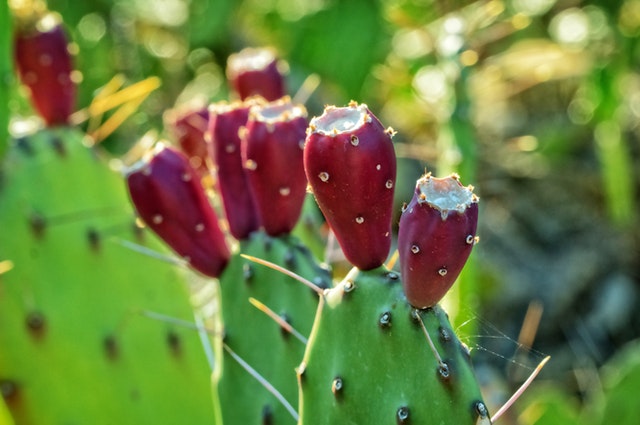Study shows cactus pear as drought-tolerant crop for sustainable fuel and food
UNIVERSITY OF NEVADA, RENO
Could cactus pear become a major crop like soybeans and corn in the near future, and help provide a biofuel source, as well as a sustainable food and forage crop? According to a recently published study, researchers from the University of Nevada, Reno believe the plant, with its high heat tolerance and low water use, may be able to provide fuel and food in places that previously haven’t been able to grow much in the way of sustainable crops.
Fueling renewable energy
As part of the College’s Experiment Station unit, Cushman and his team recently published the results of a five-year study on the use of spineless cactus pear as a high-temperature, low-water commercial crop. The study, funded by the Experiment Station and the U.S. Department of Agriculture’s National Institute of Food and Agriculture, was the first long-term field trial of Opuntia species in the U.S. as a scalable bioenergy feedstock to replace fossil fuel.
Results of the study, which took place at the Experiment Station’s Southern Nevada Field Lab in Logandale, Nevada, showed that Opuntia ficus-indica had the highest fruit production while using up to 80% less water than some traditional crops
Fueling people and animals
The crop can also be used for human consumption and livestock feed. Cactus pear is already used in many semi-arid areas around the world for food and forage due to its low-water needs compared with more traditional crops. The fruit can be used for jams and jellies due to its high sugar content, and the pads are eaten both fresh and as a canned vegetable. Because the plant’s pads are made of 90% water, the crop works great for livestock feed as well.
> Source: EurekAlert!



 Credit: pexels.com
Credit: pexels.com source: Pixabay.com
source: Pixabay.com